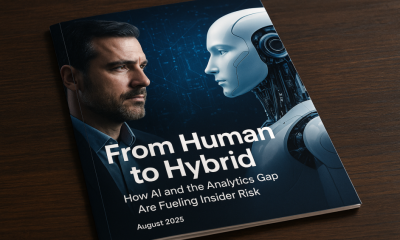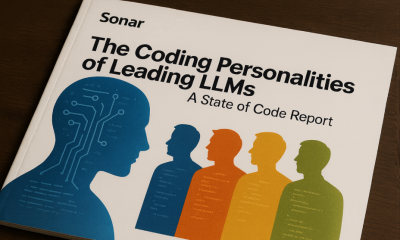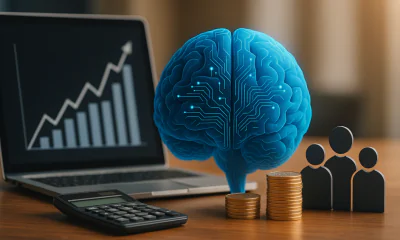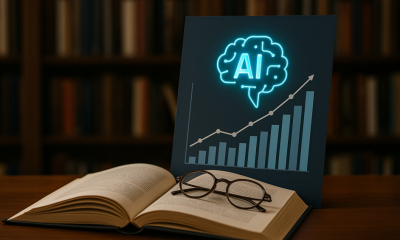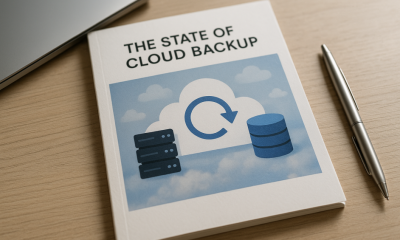Reports
State of Cybersecurity Resilience 2025: How Organizations Must Adapt to an AI-Driven Threat Landscape
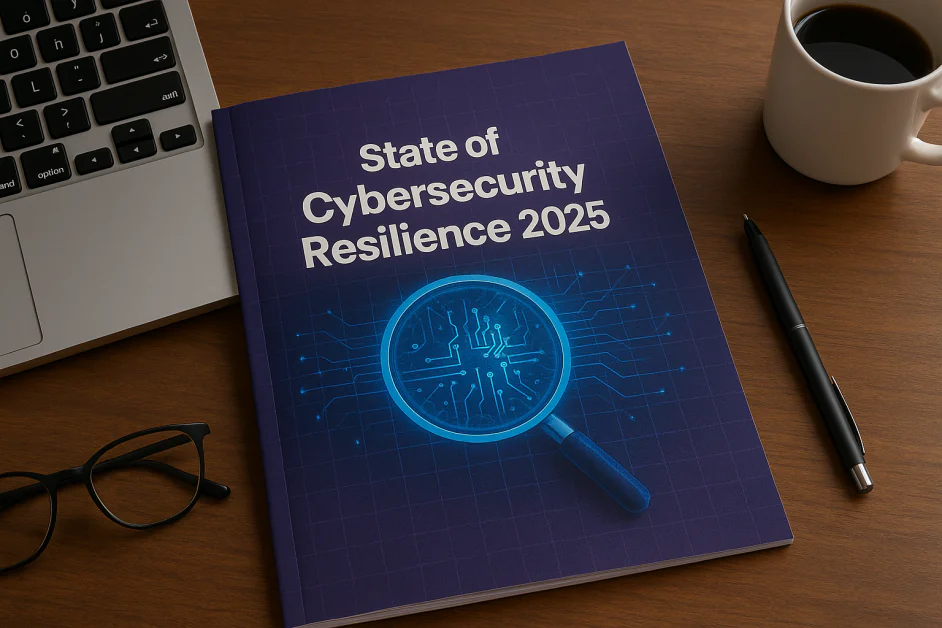
As artificial intelligence revolutionizes industries, it is also fueling an unprecedented shift in the cyber threat landscape. According to Accenture’s State of Cybersecurity Resilience 2025 report, the vast majority of organizations remain dangerously underprepared to defend against the new breed of AI-powered cyberattacks. This isn’t just a technological challenge—it’s a strategic inflection point. Companies that fail to embed cybersecurity into the fabric of their AI transformation risk not only financial loss but a collapse in customer trust and competitive viability.
The Alarming Security Gap: AI is Outpacing Enterprise Defenses
Despite widespread enthusiasm for AI’s potential, most organizations remain blind to the speed and sophistication of modern threats. Only 36% of technology leaders recognize that generative AI is outpacing their security capabilities. Even more troubling, a staggering 90% of companies lack the maturity to effectively defend against these AI-driven threats.
This gap has emerged because many companies rush to adopt AI without first establishing the necessary security infrastructure. This is a major with especially when it comes to technical debt that is often associated with vibe coding. As a result, attackers are exploiting these blind spots, using AI to automate and amplify everything from phishing campaigns to deepfake fraud. In Q3 2024 alone, organizations endured an average of 1,876 cyberattacks—up 75% year-over-year.
What’s Driving the Risk? Speed, Complexity, and Geopolitics
The cybersecurity crisis is being fed by more than just AI. Heightened geopolitical tensions, such as trade disputes and regional instability, are forcing companies to rewire supply chains and relocate data infrastructure—often without adequately considering cybersecurity ramification. This rapid operational change opens new vulnerabilities for attackers to exploit, especially when companies fail to reevaluate third-party risks and data access patterns.
At the same time, generative AI tools have democratized access to powerful capabilities. This has emboldened both novice hackers and nation-state actors. For instance, Morris II, an experimental AI worm, demonstrated how malicious prompts could be embedded into text or image files to hijack AI models like ChatGPT, potentially leaking sensitive data or executing harmful actions without any user interaction.
Another threat—deepfake technology—has moved from theoretical to devastatingly real. One scam cited in the report involved AI-generated voice impersonations of Italy’s Defense Minister, which convinced prominent business leaders to transfer large sums of money under false pretenses.
Why Most Organizations Are Still Vulnerable
Accenture identifies three distinct maturity zones in their research: the Exposed Zone, the Progressing Zone, and the coveted Reinvention-Ready Zone. Shockingly, 63% of companies fall into the Exposed Zone, lacking both a sound cyber strategy and the technical capabilities to defend themselves. Just 10% have reached the Reinvention-Ready Zone—characterized by deep integration of security into every layer of their business and technology stack.
The issue is systemic. For example:
-
84% of organizations struggle to align cyber risk strategies with transformation goals.
-
88% find it difficult to implement Zero Trust—an essential security framework that assumes no user or system should be inherently trusted.
-
Only 25% use comprehensive encryption across data states (in transit, at rest, in use).
-
And a mere 20% feel confident in their ability to secure their generative AI models.
The Talent Crisis: Security Teams Can’t Keep Up
The shortage of cybersecurity professionals has become a significant barrier. With an estimated 4.8 million open cybersecurity roles worldwide, overburdened teams are expected to defend against increasingly complex and automated threats with insufficient resources. In fact, 83% of executives cited workforce limitations as a major hurdle to maintaining a secure posture.
This has led to a reactive posture in most organizations. Only 28% embed security into their AI transformation projects from the beginning. The rest are forced to retrofit controls, often under duress and at high cost.
The Cost of Delay: What’s at Stake?
Accenture’s economic modeling shows that companies in the Reinvention-Ready Zone are:
-
69% less likely to be hit by advanced, AI-powered attacks,
-
1.6x more likely to earn high returns on their AI investments,
-
And 1.7x more successful in reducing technical debt—the accumulation of outdated or poorly maintained software infrastructure.
In contrast, those in the Exposed Zone face higher breach risks, lower trust scores from customers, and mounting operational inefficiencies.
Four Strategic Actions to Strengthen AI Security
To close this gap, Accenture prescribes four actionable pillars:
1. Develop Fit-for-Purpose Governance Frameworks
Cybersecurity must evolve beyond isolated IT teams. Security should be embedded at the board level and aligned with business priorities. Governance frameworks must also be agile enough to adapt to new regulations, ethical concerns, and evolving AI risks.
2. Design AI Systems to Be Secure from Day One
Organizations need to integrate security into their digital core. This includes:
-
Implementing Zero Trust architecture,
-
Building segmented cloud environments,
-
Using Infrastructure-as-Code (IaC) to reduce misconfigurations,
-
And deploying cloud-native security tools to automate monitoring and enforcement.
3. Maintain Real-World Resilience Through Monitoring and Testing
Continuous monitoring and real-time threat intelligence are critical. Organizations should run red-team exercises and test against real-world adversarial tactics like prompt injection or model poisoning. Only 17.5% of companies currently leverage threat intelligence to prioritize their security decisions—a massive blind spot.
4. Use Generative AI to Reinvent Security Operations
AI itself can be a defender. Accenture found that 71% of security analyst tasks can be automated or augmented using generative AI. AI can:
-
Analyze logs and alerts at scale,
-
Enhance behavioral analytics to detect zero-day threats,
-
Automate incident response,
-
And dynamically adjust identity and access management systems using contextual intelligence.
Case Studies: Security in Practice
One case study highlighted in the report involves a Brazilian healthcare company using agentic AI to process patient requests. Despite the operational gains, the system was vulnerable to prompt injection and data poisoning. By partnering with Accenture, the company implemented a secure development lifecycle, adversarial simulations, and runtime protections—ultimately ensuring patient data integrity and regulatory compliance.
Another example involves a major platform provider that embedded security testing into their LLM-powered product workflows, reducing credential exposure risks and accelerating product launches.
A Call to Action: Achieving the Reinvention-Ready Zone
The State of Cybersecurity Resilience 2025 report concludes with a clear directive: organizations must act now. Cybersecurity is no longer a cost center—it is a core enabler of innovation, digital trust, and strategic growth.
To thrive in an AI-driven world, companies must abandon reactive security models. Instead, they must adopt forward-looking strategies that integrate protection into every layer of transformation—from infrastructure and supply chains to applications and customer experiences. Those that do will not only survive the coming waves of disruption—they will lead them.
“Security is not just a safeguard—it is a strategic enabler of innovation, trust and long-term success.”
— State of Cybersecurity Resilience 2025, page 37
Today’s cybersecurity landscape is marked by accelerating threats and widening security gaps, particularly as AI transforms both the tools of innovation and the tactics of attackers. Most organizations remain underprepared—not due to lack of awareness, but because security is still treated as an add-on rather than a foundation. Looking ahead, enterprises must shift from reactive defenses to proactive, integrated strategies that align with how AI is reshaping technology, infrastructure, and human behavior. Long-term resilience will require not only stronger technical capabilities, but also governance, workforce development, and a commitment to cyber security.

